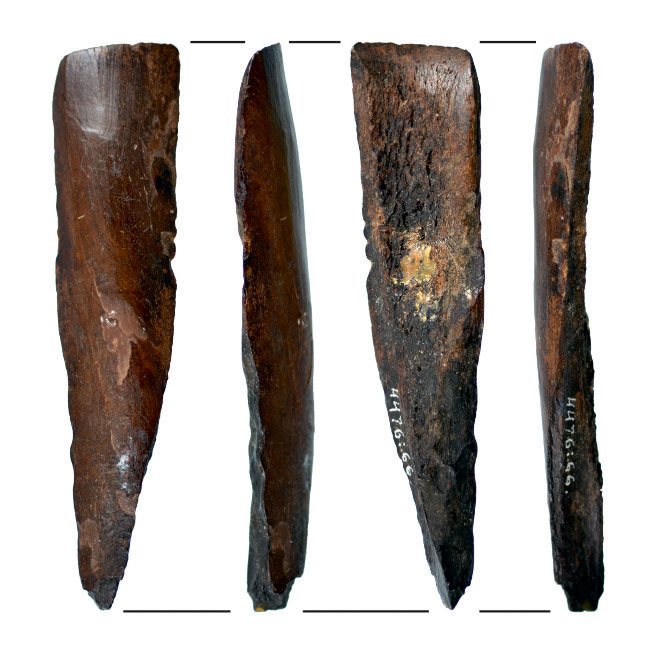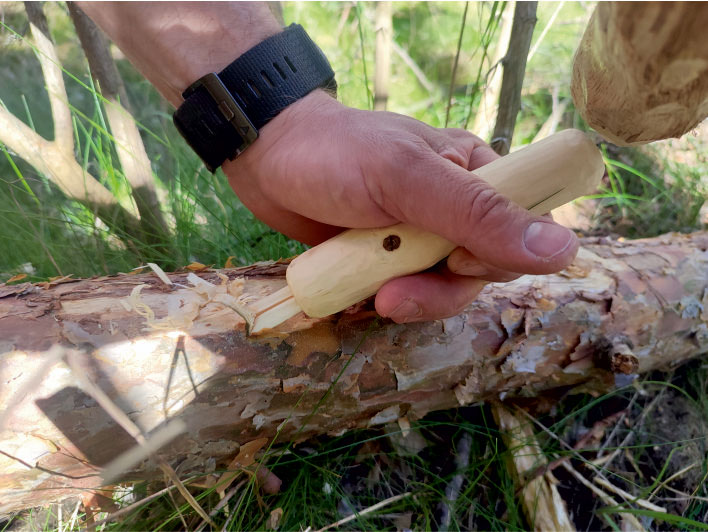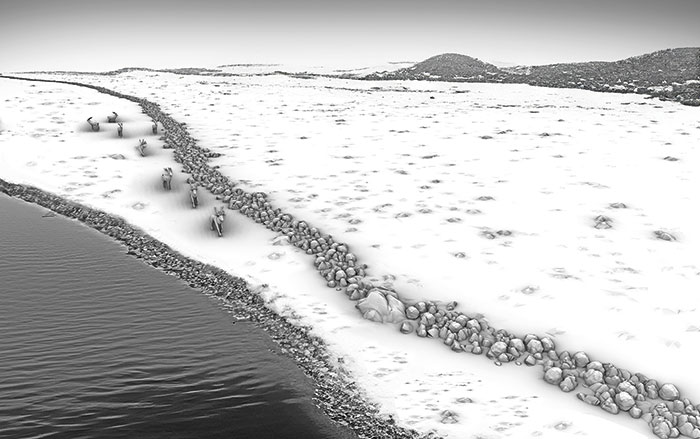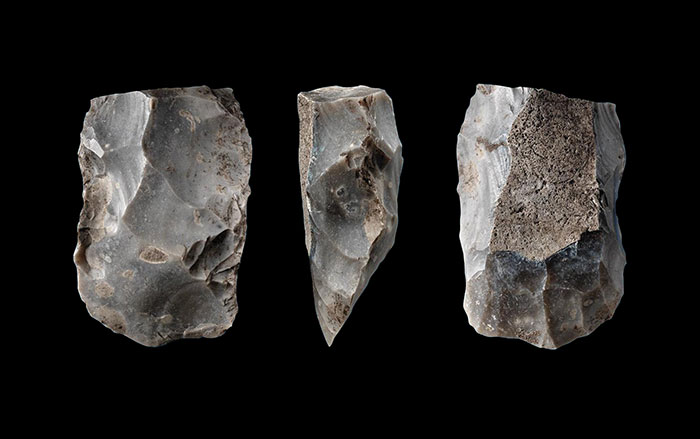
PULLI, ESTONIA—ERR News reports that a new experimental archaeology study may have finally solved a decades-old mystery surrounding a set of bone tools found at the oldest known settlement in Estonia. The Mesolithic site of Pulli was first investigated by archaeologists in the 1960s and 1970s, when teams uncovered a large number of stone, antler, and bone tools that were around 10,000 years old. Nineteen of them were made from elk bone and had distinctive beveled points. Initially, these were thought to be chisels, but recent reanalysis as part of the project Life and Death Written in Bones suggested they were likely used to remove the bark from pine trees. Using microscopic imaging, a team of Polish and Estonian researchers led by Grzegorz Osipowicz closely examined the wear patterns on the ends of the tools. Then they made exact replicas, which they put to various tasks, such as woodworking or processing of meat and hides, to see if they could replicate the wear patterns that they recorded on the original objects. After being used to strip fresh pine bark, the marks left on the duplicate bevel-ended tools were almost a perfect match. According to the report, during the Mesolithic period pine bark was used to make many objects, such as floats for fishing nets, cordage, and tool handles. To read about Mesolithic tools uncovered in Switzerland, go to "Alpine Crystal Hunters."












